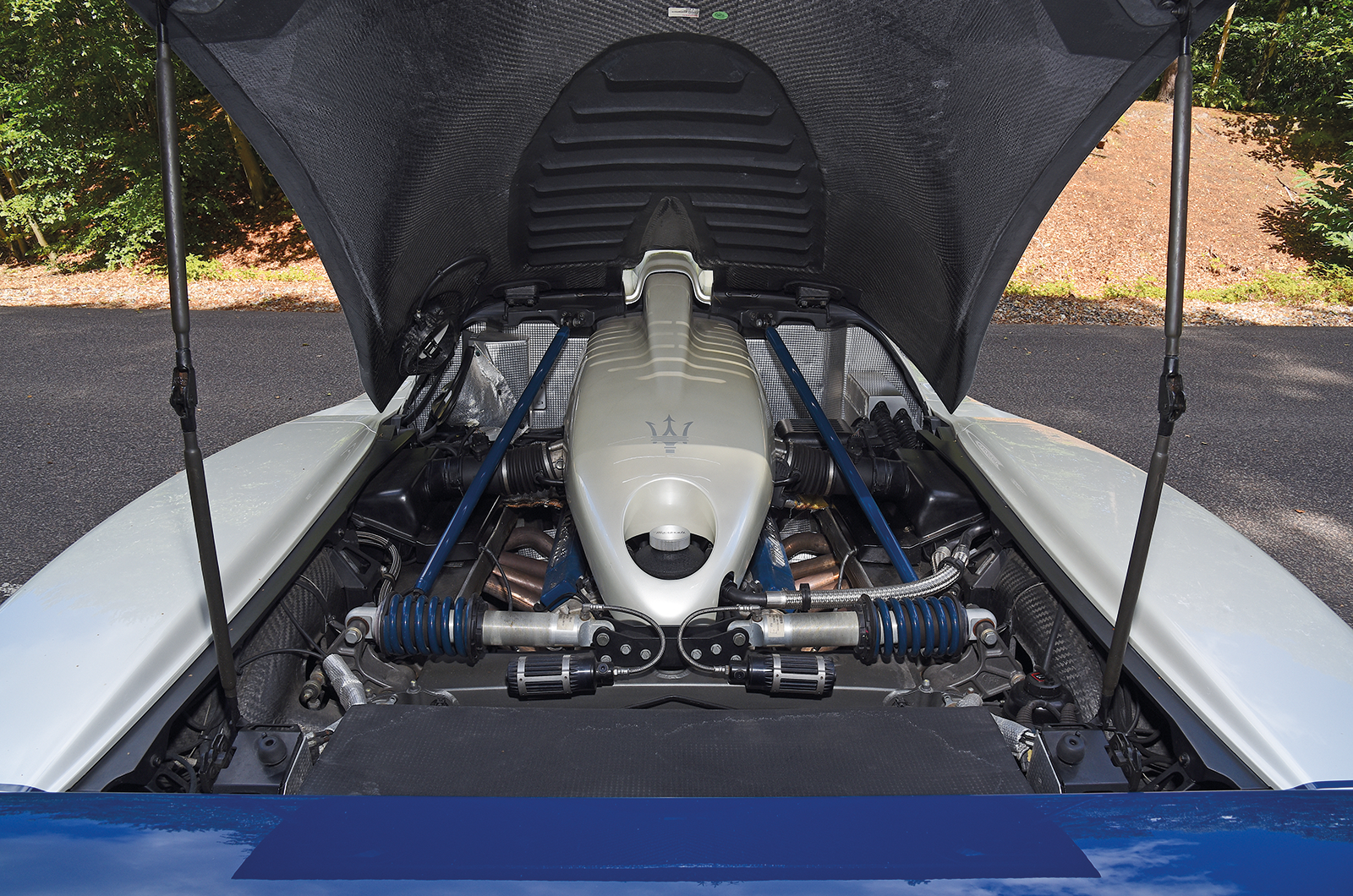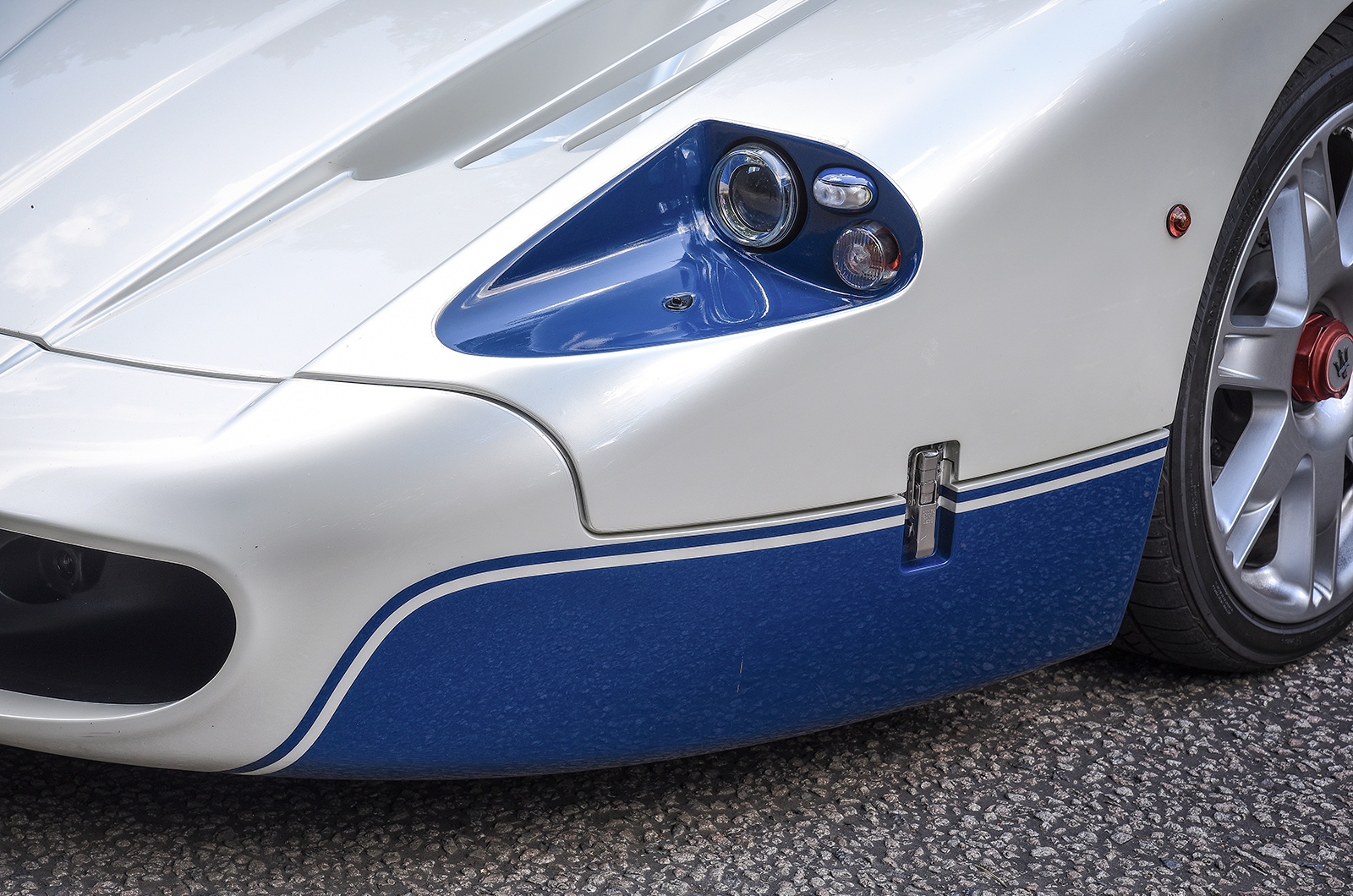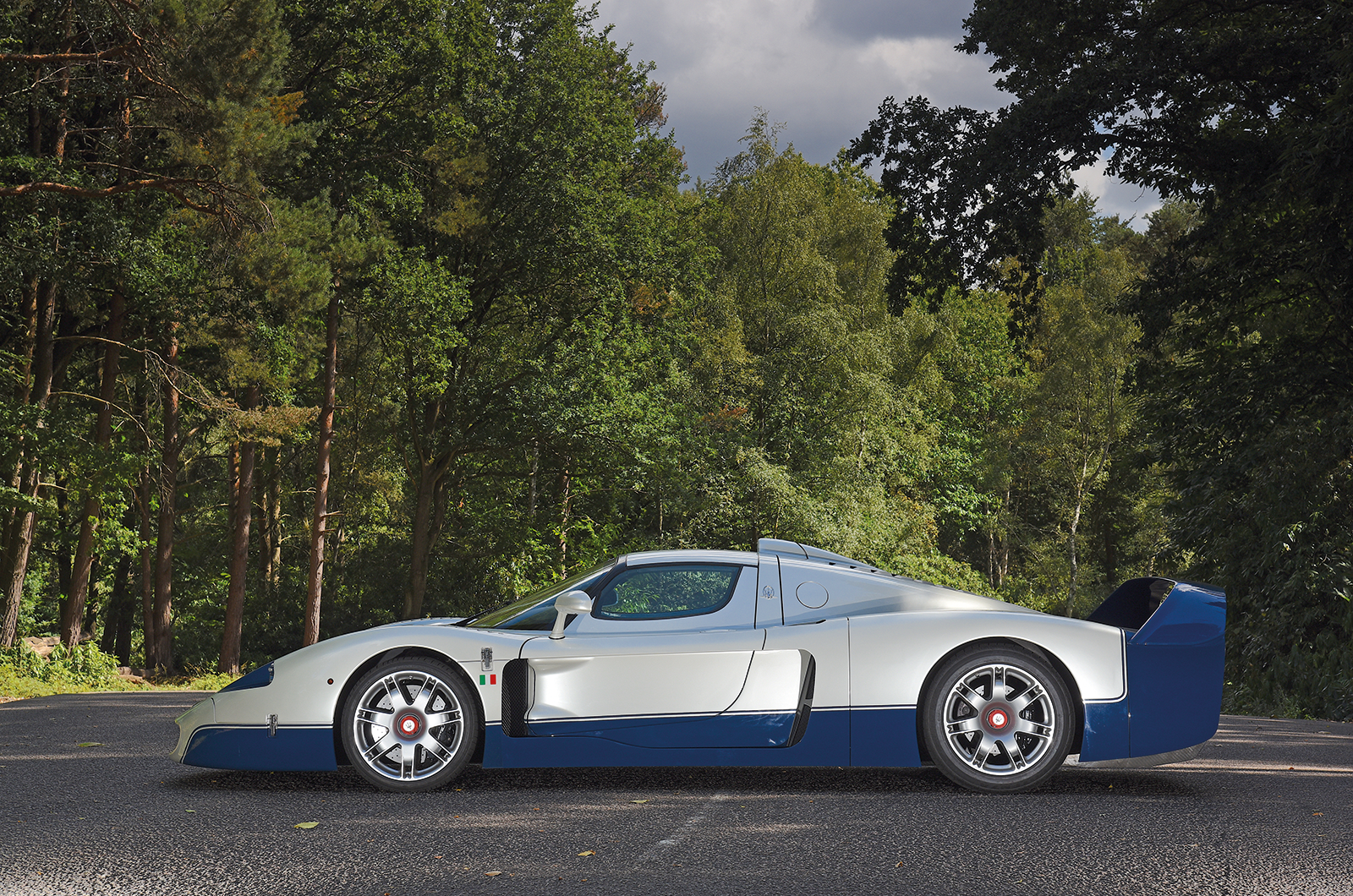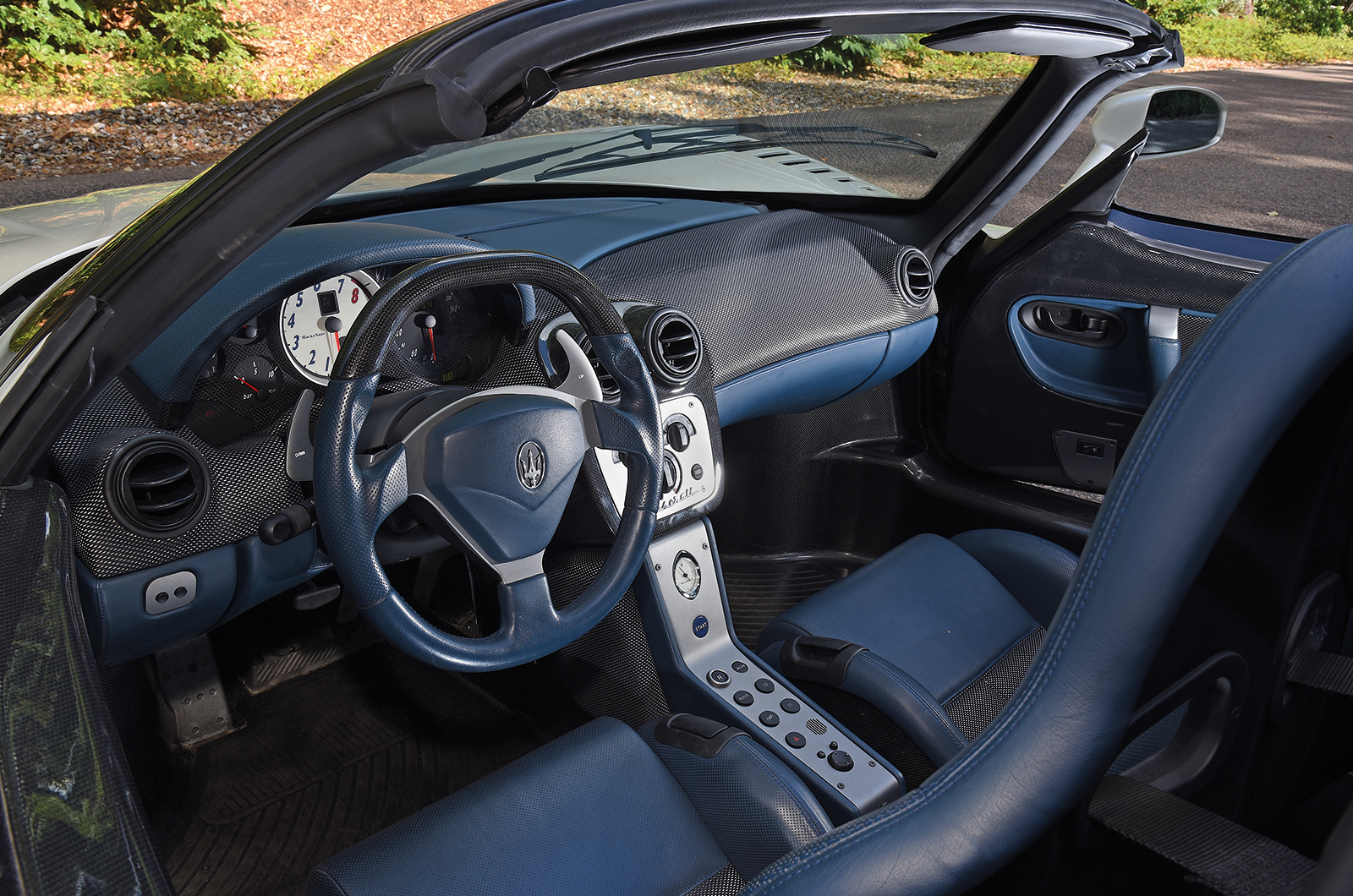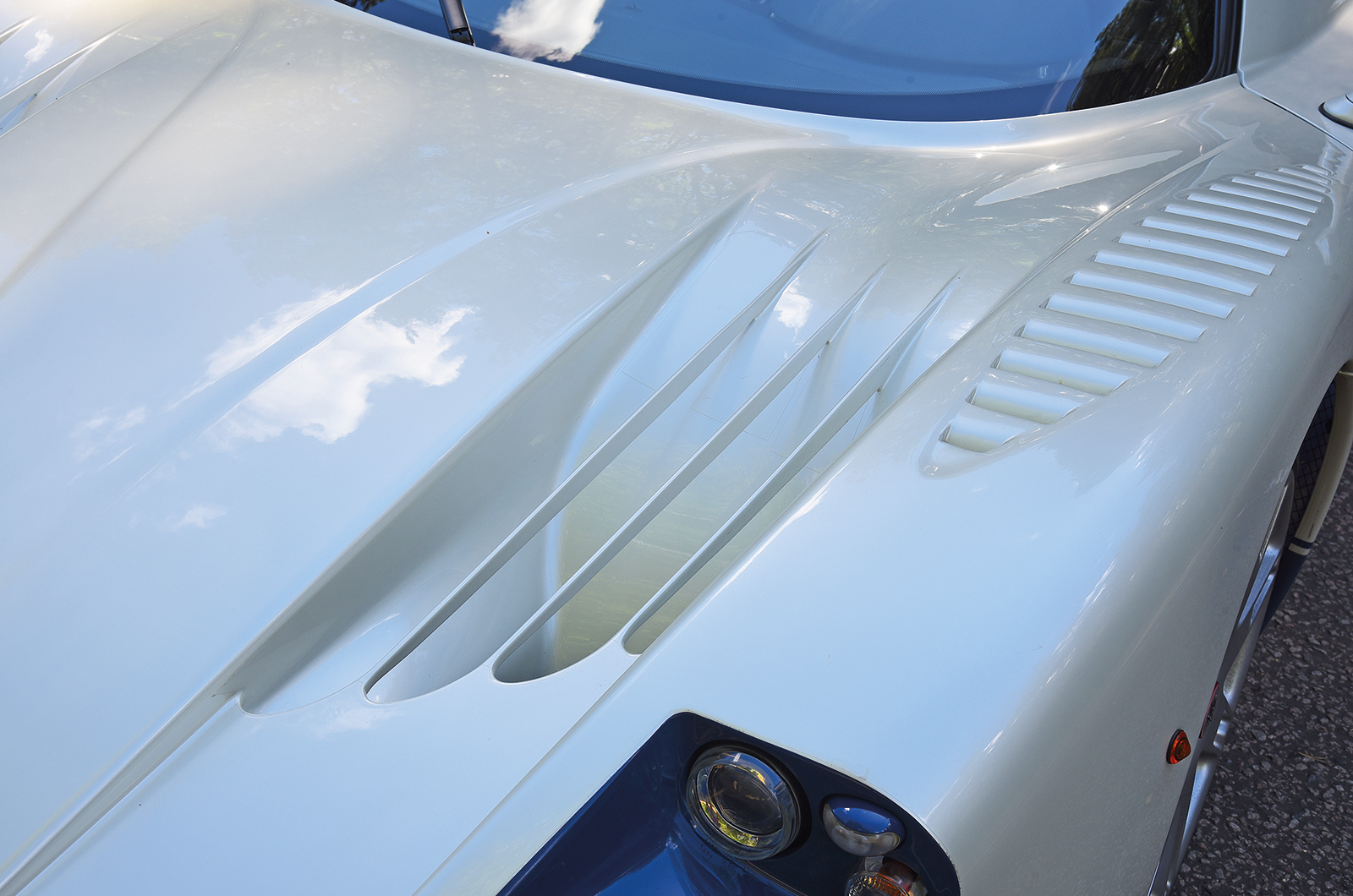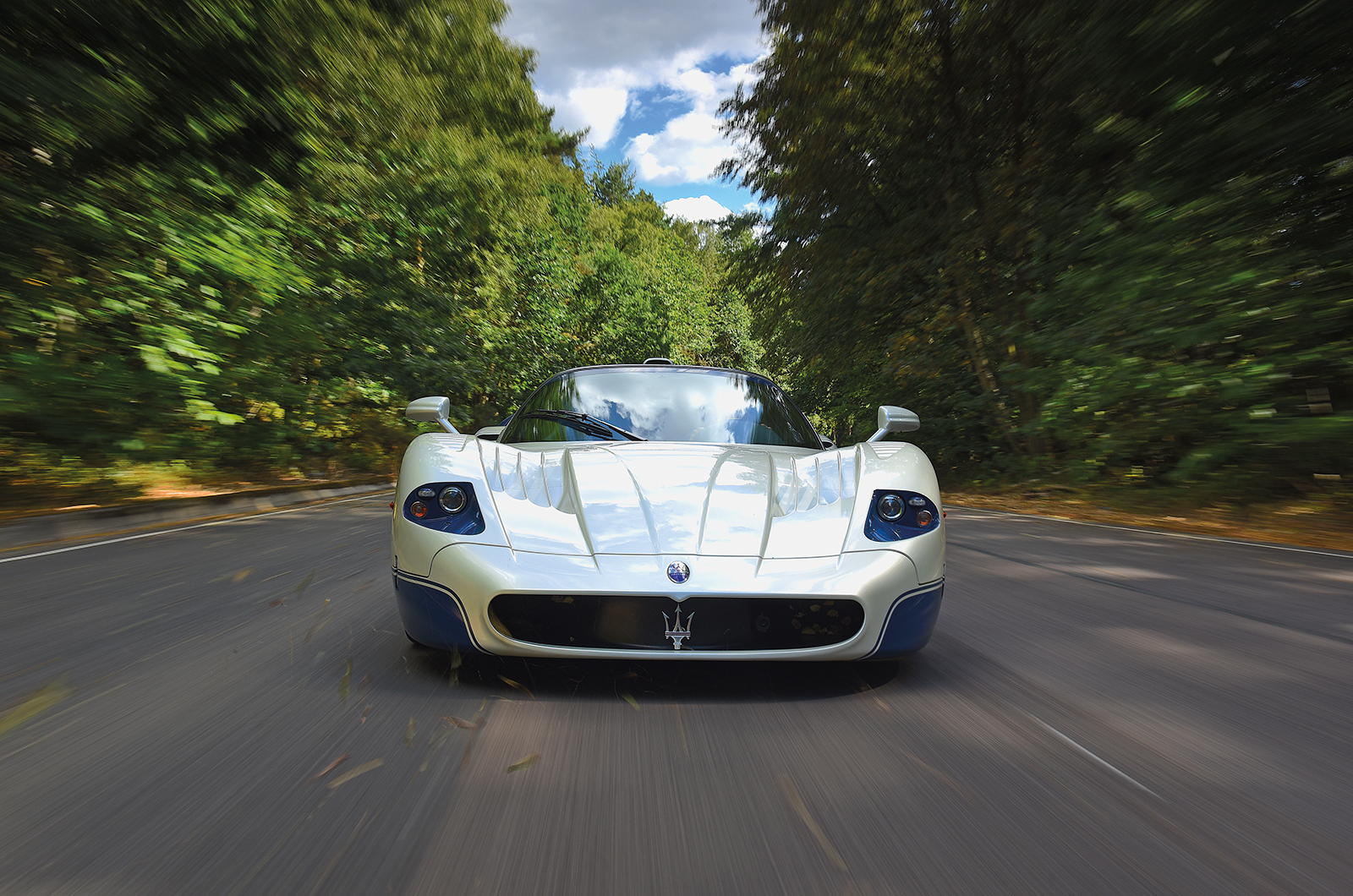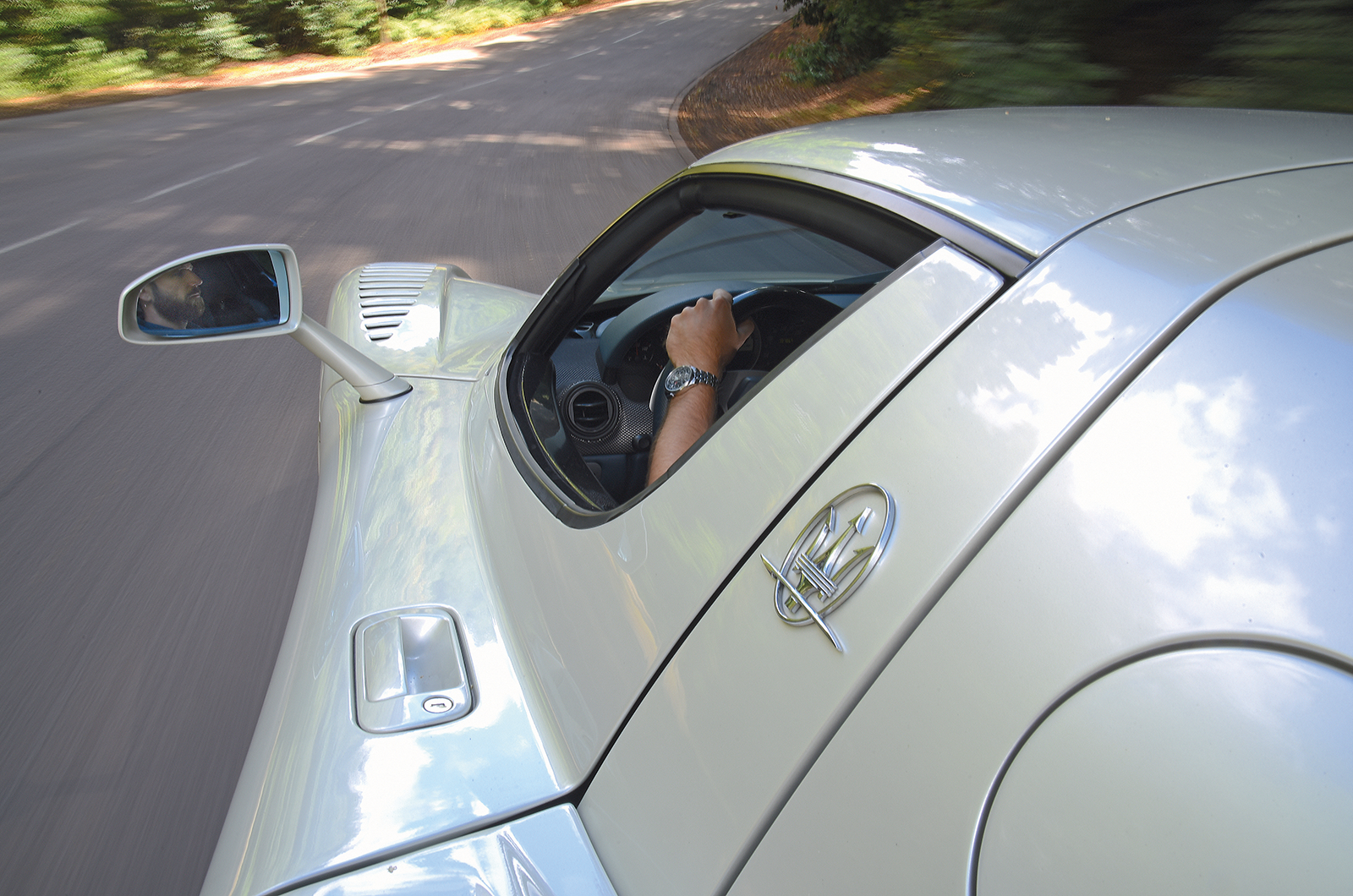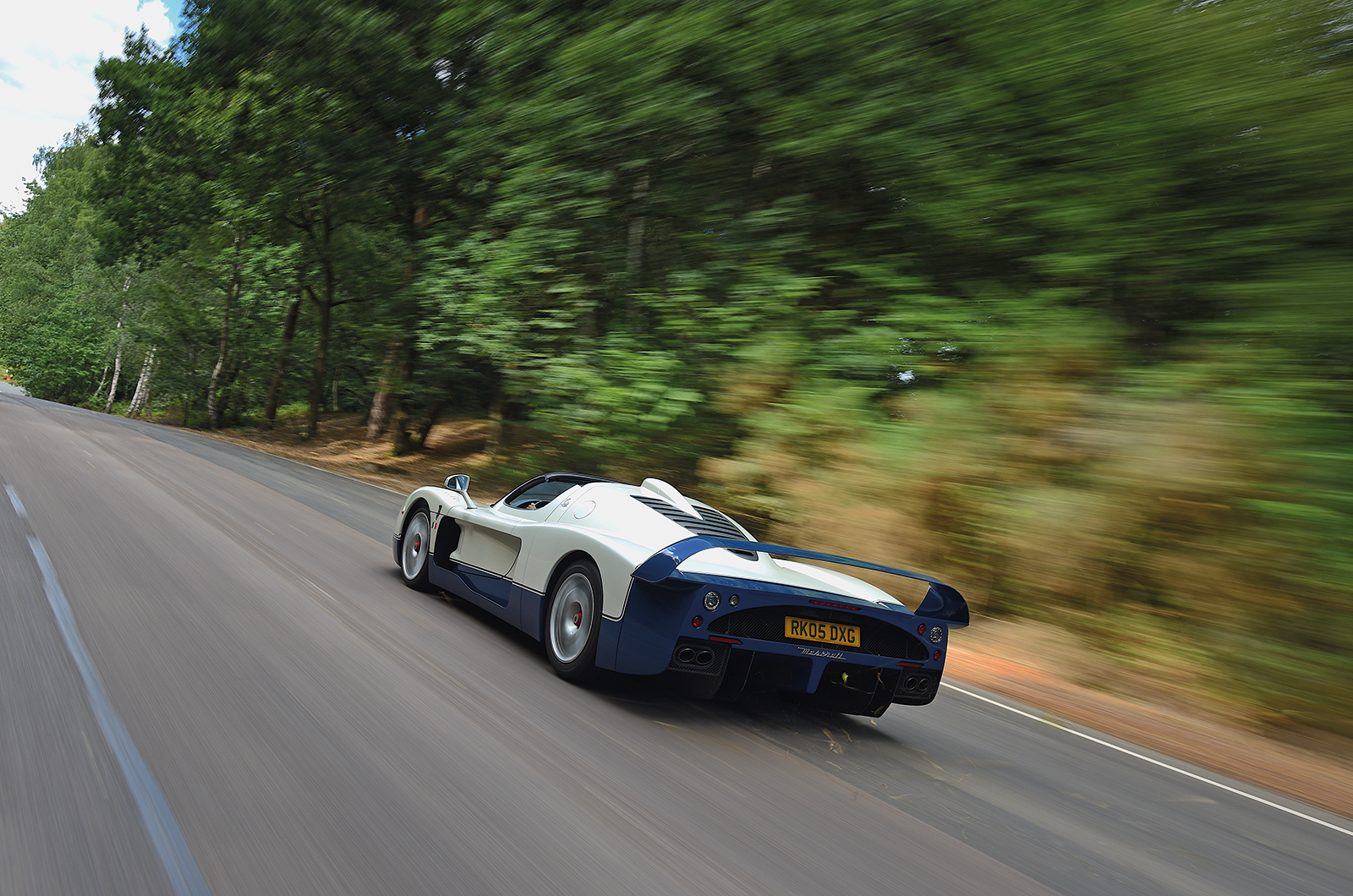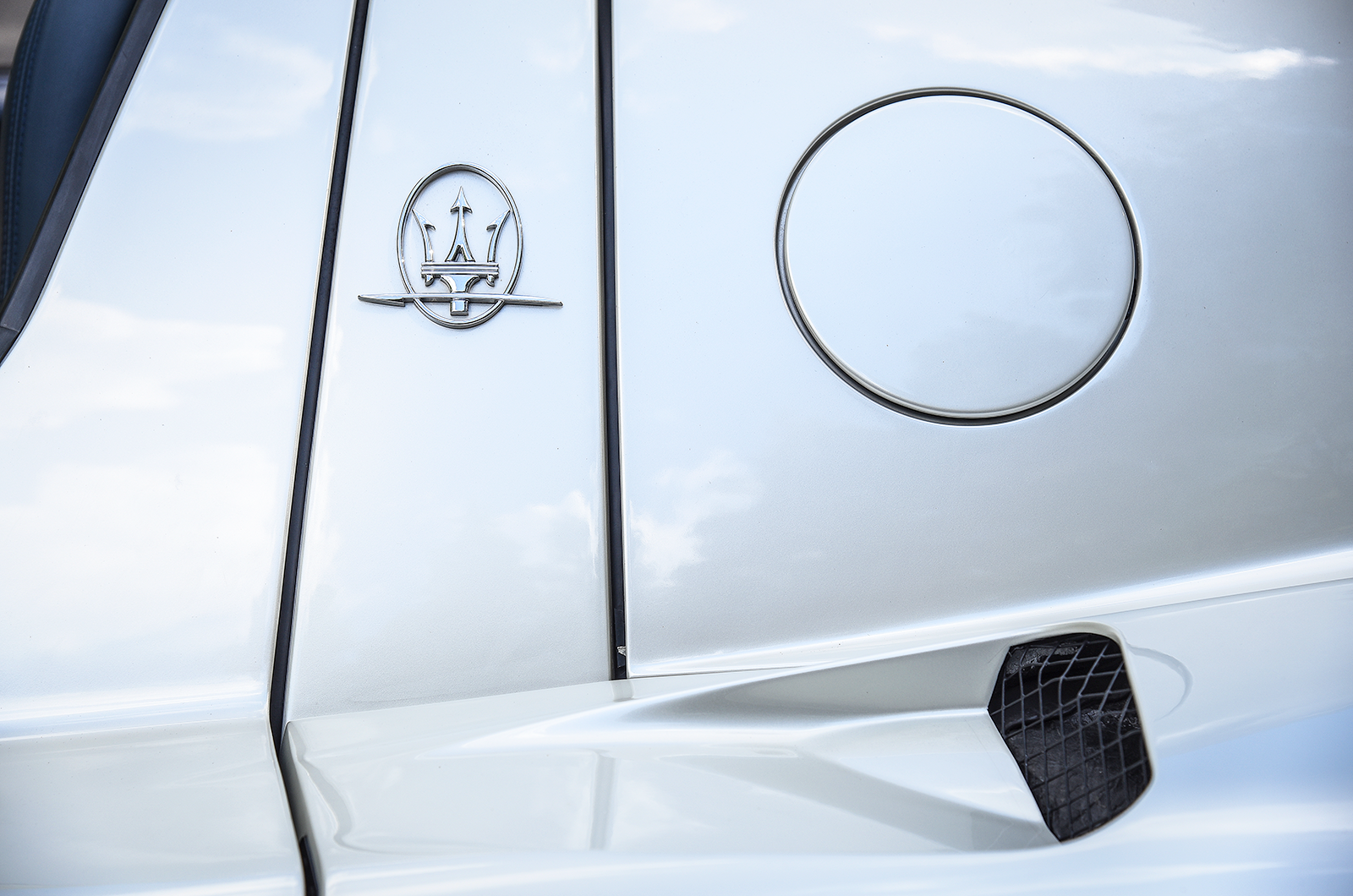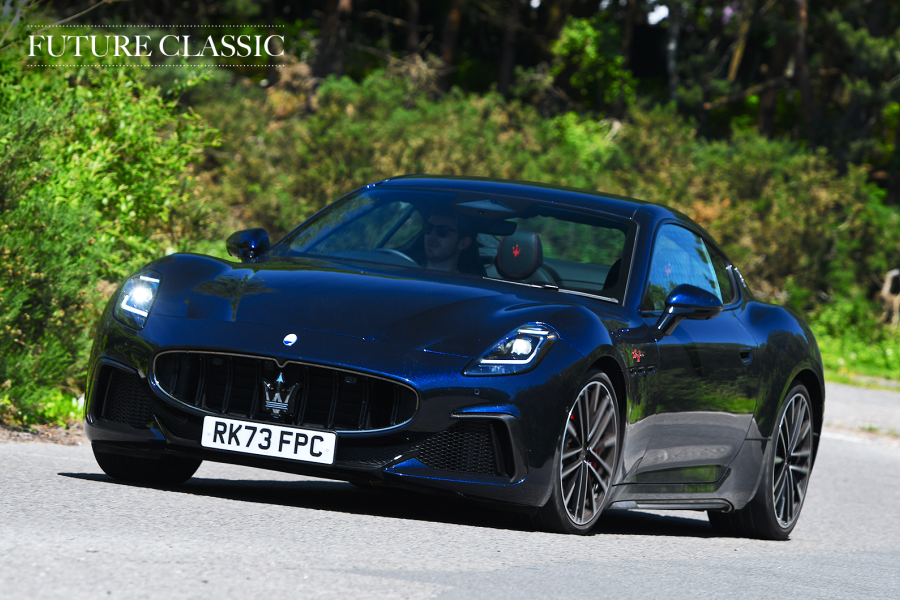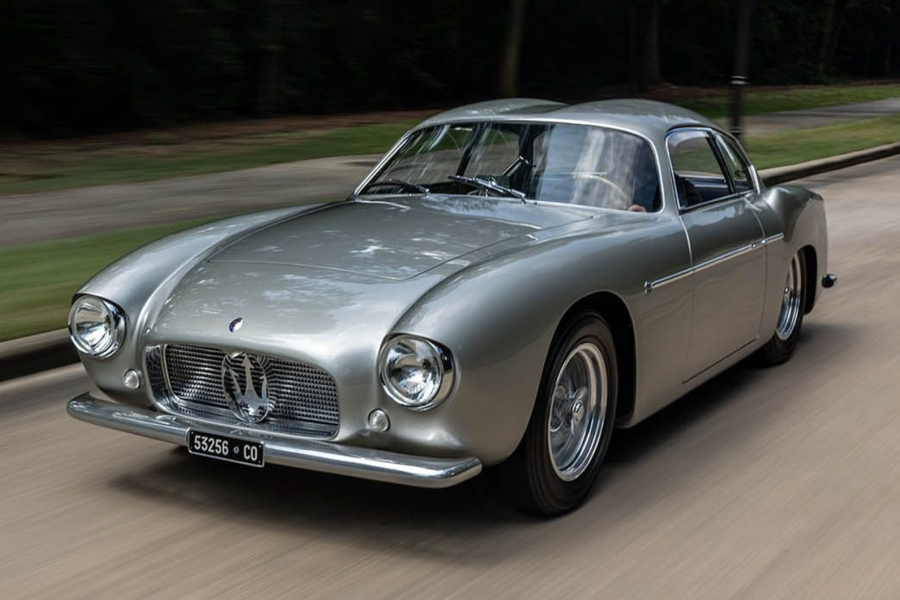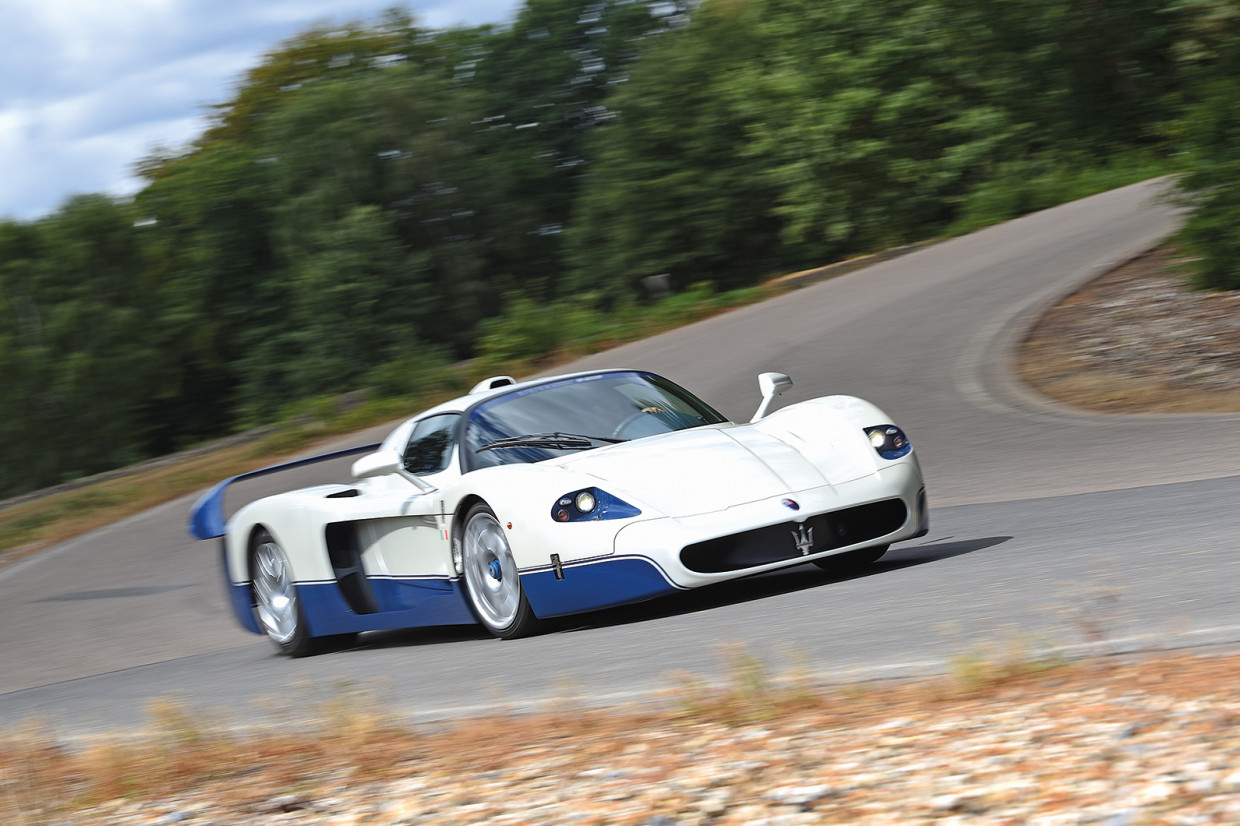
The summer sun was high in the sky, beating relentlessly down on a baked Kyalami circuit.
The mercury had hit 90ºF and the jet-black asphalt was sucking up the heat like a sponge, reaching at points a tyre-destroying 140ºF as choking clouds of cement dust – laid down to mop up an earlier oil spill – wreathed the track.
Soaring temperatures, coupled with the 5000m altitude of the circuit, wreaked havoc with the field.
Fuel boiled in pumps and cars spluttered and struggled, while the steed of Pedro Rodríguez began to exhibit gearbox problems. Things weren’t looking great for the Maserati-engined Coopers.

The 1967 South African Grand Prix became a war of attrition, brutal conditions contributing to the destruction of Dan Gurney, Jim Clark and Jackie Stewart’s engines, plus the Maserati unit of Jochen Rindt, and by the chequered flag more drivers had retired than finished.
Even race leader Jack Brabham was put out of contention, leaving a three-way battle for victory between Rhodesian John Love, Rodríguez and John Surtees, whose feet were badly blistered from the red-hot pedals of his Honda RA300.

